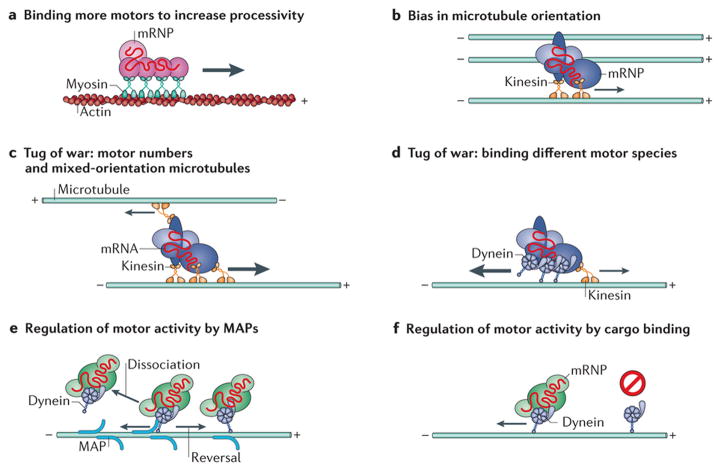Figure 3. Cellular determinants of motored mRNA transport.
Owing to the bidirectional orientation of microtubules in most cell types and to the unidirectional movement of each molecular motor along them, the directional movement of mRNA in cells may seem disorganized when observed. Nevertheless, several cellular mechanisms of biased motored mRNA transport have recently been identified. a | To increase the processivity of directed mRNA transport, some mRNAs bind to multiple motors. For example, each ASH1 mRNA molecule has four localization elements, which mediate the binding of four She3 RNA-binding proteins (RBPs) and, in turn, the binding of four myosins92. b |Local biases in the orientation of microtubules have been shown to cause a bias in mRNA transport, allowing mRNA localization54, 94, 176. c | In the case of mixed-orientation microtubules, mRNAs bound to multiple motors may experience a ‘tug of war’ and will be transported in the direction of the strongest combined motor force. d | Alternatively, mRNAs bound by different types of molecular motors, which move in opposite directions, may also undergo a tug of war and will be transported in the direction of the stronger force exerted. e | Microtubule-associated proteins (MAP) have been shown to alter the dissociation rates of motors from microtubules and to cause a motor to change direction when moving along a microtubule, presumably by behaving as an obstacle93, 95. f | The binding of cargoes to motors has been shown to alter their binding and motility on microtubules98, in addition to increasing their processivity along microtubules96, 97. mRNP, mRNA – protein.

